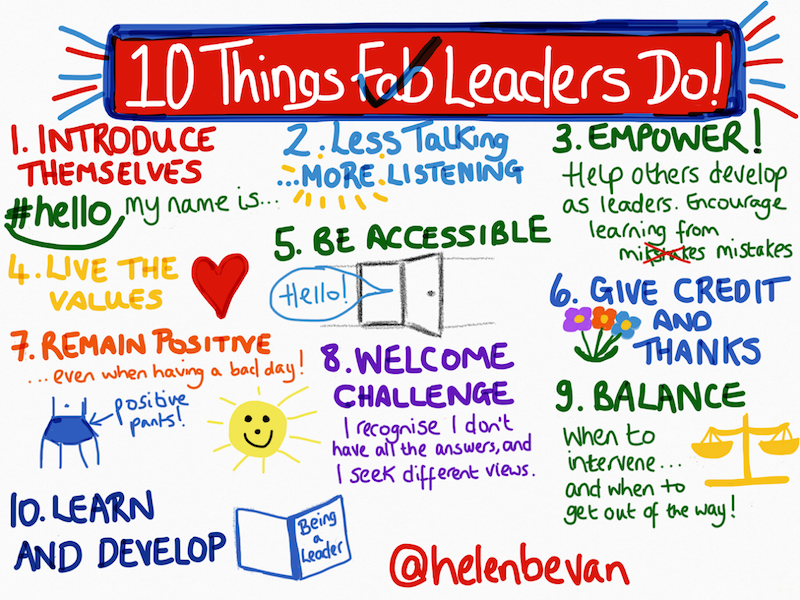
- Focus on the needs of your coworkers. Start by asking them: "What do we need? What changes can we make together to reach our goals?"
- Encourage colleagues to be vocal role models of the practice change. Invite them to describe what is or is not working and to focus on their needs.
- For a possible change or a solution to the shared concern or strongly desired change, consider:
- Does it respond to the need and address the shared concern or strongly desired change?
- Is it compatible with the local context?
- Is it simple? Is it likely to help achieve goals?
- Can it be trialed or piloted?
- Can it be observed for evaluation purposes?



